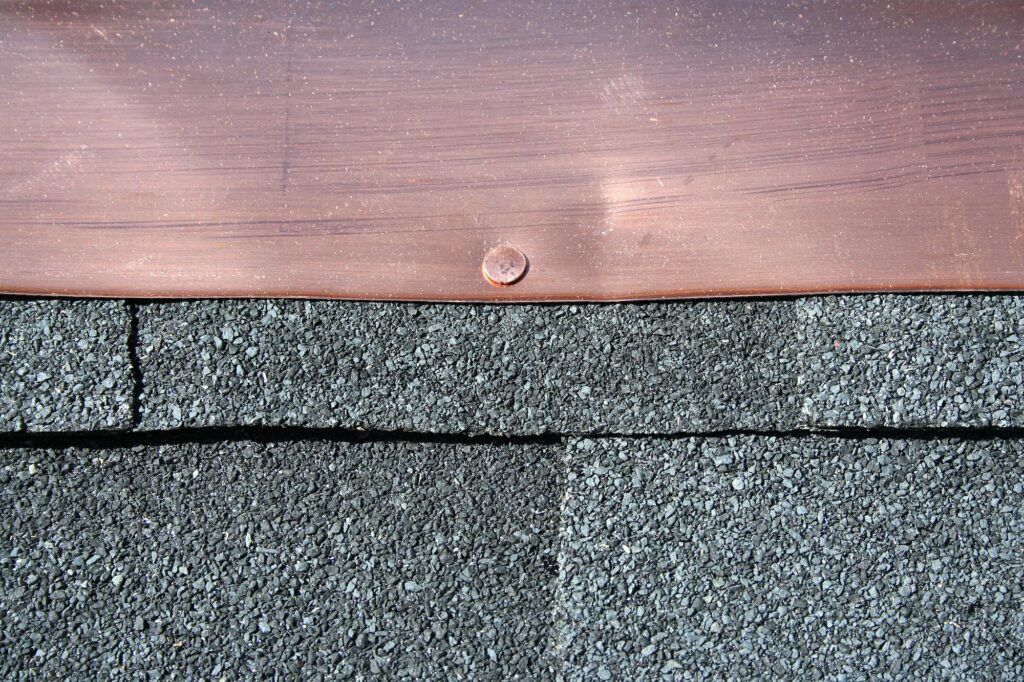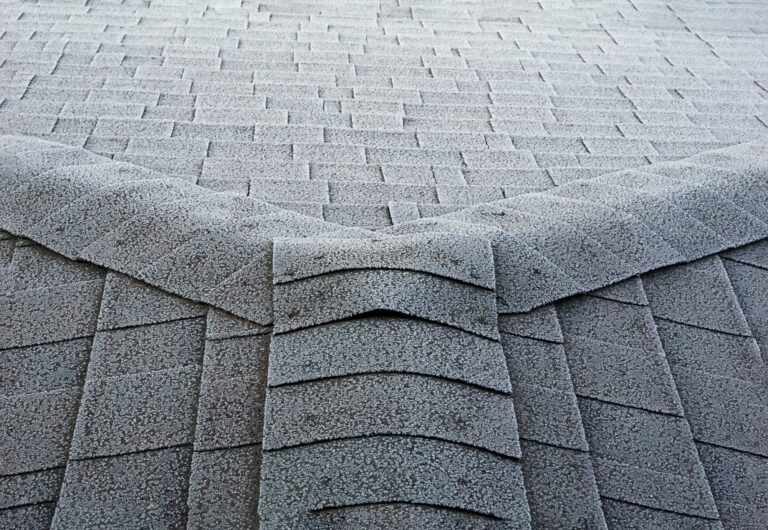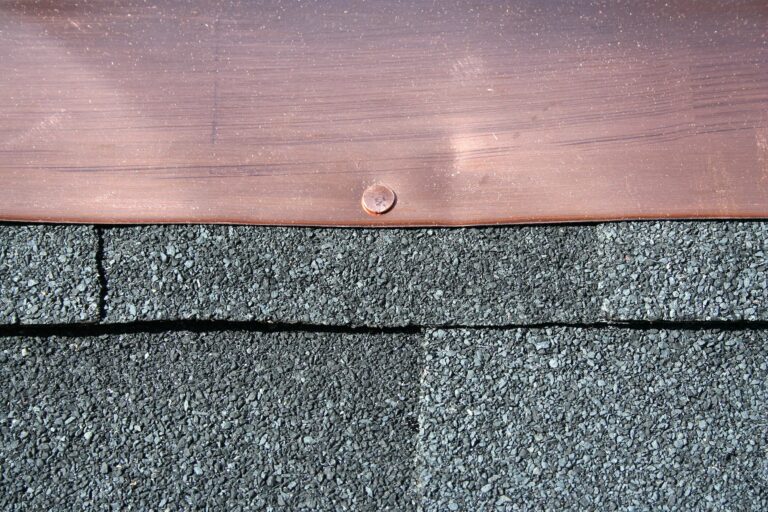What is Roof Flashing?
Roof flashing is a critical component in any roofing system. It’s a type of construction material used to protect houses and other structures from water damage. Positioned at intersections and joints of your roof, flashing forms a sort of barrier that prevents water from seeping into your home. It’s typically made of rust-resistant metals like galvanized steel, copper, or aluminum.
Why is Roof Flashing Important?
Roof flashing plays a pivotal role in maintaining the longevity and integrity of your roof. If properly installed, flashing directs the flow of water away from vulnerable areas, reducing the risk of leaks, mold, and structural damage. The areas around chimneys, skylights, vents, and valleys are particularly susceptible to water intrusion and thus, require careful attention when installing flashing.
Different Types of Roof Flashing
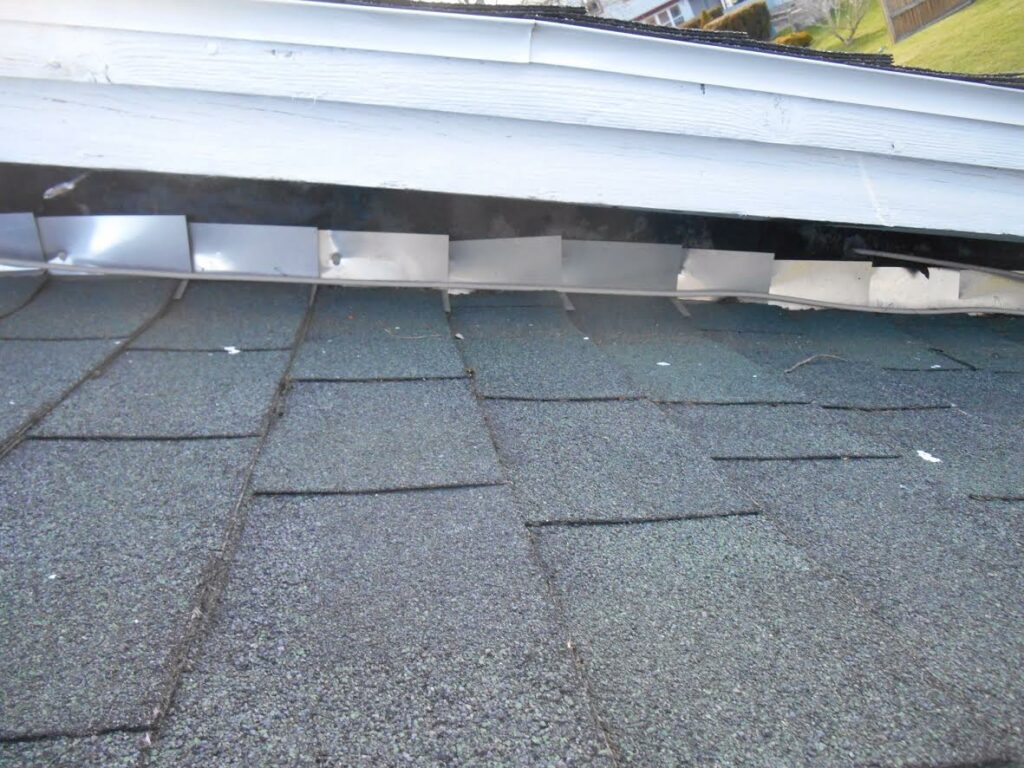
The type of flashing used can vary depending on the specific needs of your roof. Below are a few common types:
- Step Flashing: This type is used where a vertical surface meets a sloping roof, like around chimneys and dormers. It’s installed in a series of steps to guide water down the roof and away from the wall.
- Valley Flashing: Installed in the valleys where two roof slopes meet, this W-shaped flashing helps guide water down the roof and into the gutters.
- Vent Pipe Flashing: This cone-shaped flashing is used to seal the area around vent pipes, preventing water from seeping around the pipe and into your home.
Proper Installation of Roof Flashing
Proper installation of roof flashing is crucial in preventing leaks and subsequent water damage. It requires precision, craftsmanship, and a comprehensive understanding of the roof structure. In most cases, flashing is installed under the shingles and over the joints to direct water away from the vulnerable areas.
Common Roof Flashing Issues
Despite its importance, roof flashing can sometimes become compromised. Common issues include:
- Corrosion: Over time, metal flashing can corrode due to exposure to harsh weather conditions. Corroded flashing can develop holes or cracks, allowing water to seep through.
- Loose Flashing: Flashing can become loose or detached due to wind or improper installation, leaving your roof unprotected.
The Importance of Regular Maintenance
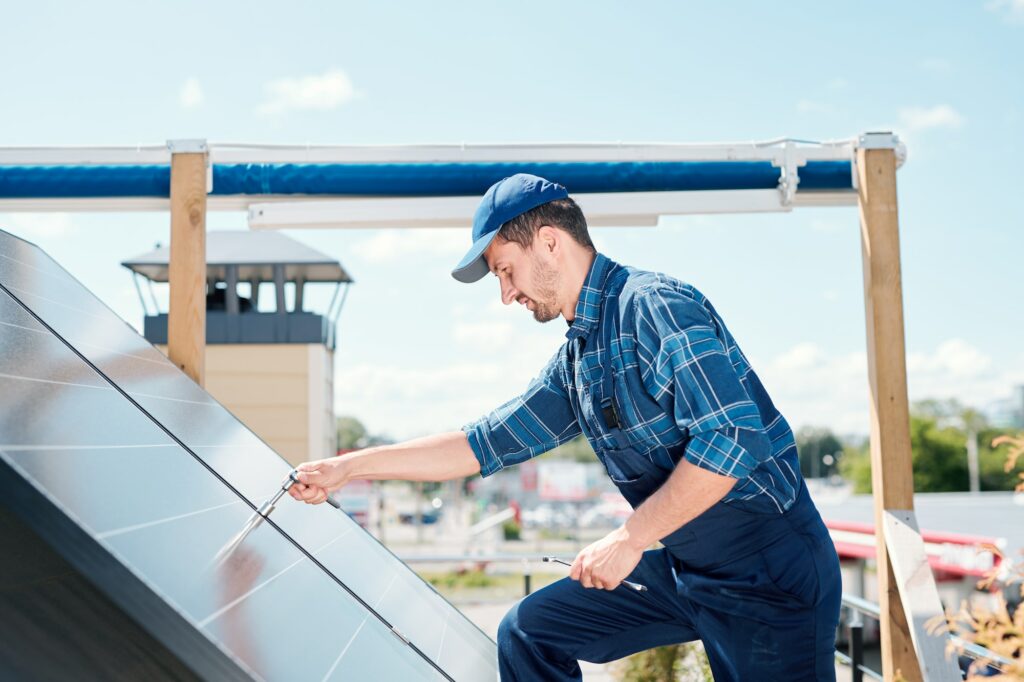
Regular maintenance is key to ensuring the longevity of your roof flashing. We recommend annual inspections to identify potential issues and address them promptly. If you notice any signs of damage, such as loose or corroded flashing, it’s crucial to act swiftly to prevent further damage.
Final Thoughts
In conclusion, roof flashing is an essential part of any roofing system. It protects your home from water damage and extends the lifespan of your roof. However, its effectiveness greatly depends on the quality of installation and ongoing maintenance.
Should you need help with your roof, Roofers of Rome LLC is always ready to assist. With our team of skilled professionals, we ensure top-notch service, from installation to maintenance. Remember, a well-maintained roof means a safer, drier home.

